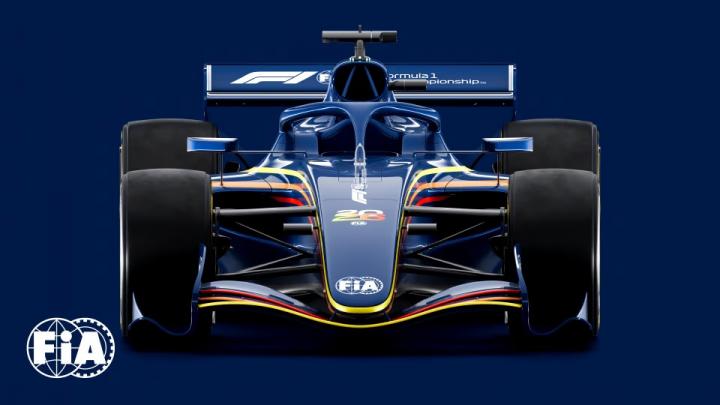News
FIA officially announce 2026 Formula 1 regulations
The 2026 cars will also see the introduction of active aerodynamics, which includes movable front and rear wings.
FIA - the governing body of Formula 1, has announced the revised regulations for the sport, set to be implemented from the 2026 season onwards.
The 2026 F1 regulations will feature a number of changes to the racing cars, both in terms of aerodynamics and powertrain, in an attempt to produce closer racing.
Starting off with the cars themselves, the 2026 F1 cars will feature a 200 mm smaller wheelbase to 3,400 mm, while the width has also reduced from 2,000 mm to 1,900 mm. The cars will be lighter, with a minimum weight set to 768 kg - 30 kg lower than the cars in 2022. While the 18-inch wheel size has remained unchanged, F1 has reduced the width of the 2026-spec tyres by 25 mm and 30 mm at the front and rear, respectively. The changes in design have also brought down the amount of downforce produced by 30% and drag by 55%.
The cars will also feature new front impact structures by introducing a two-stage nose design, reducing the risk of detachment in initial impacts. The side intrusion rules have been made stringent, ensuring improved safety for the driver.
Another major change is the removal of DRS (Drag Reduction System), which will be replaced by a manual override mode, which will provide drivers with an electrical boost to help overtake during the race. The 2026 cars will also see the introduction of active aerodynamics, which includes movable front and rear wings. These can be made to switch between two modes by the driver to maximise top speed.
Coming to the powertrain, equalling the amount of power produced by the engine and electric motors. While the IC engine produces around 400 kW, the power from the electric motors has risen by 300% from 120 kW to 350 kW. Also, the amount of energy now recuperated during braking has been doubled to 8.5 MJ per lap. In addition, the 2026 F1 cars will run on 100% synthetic fuel - in line with its Net Zero Carbon goal of 2030.
























